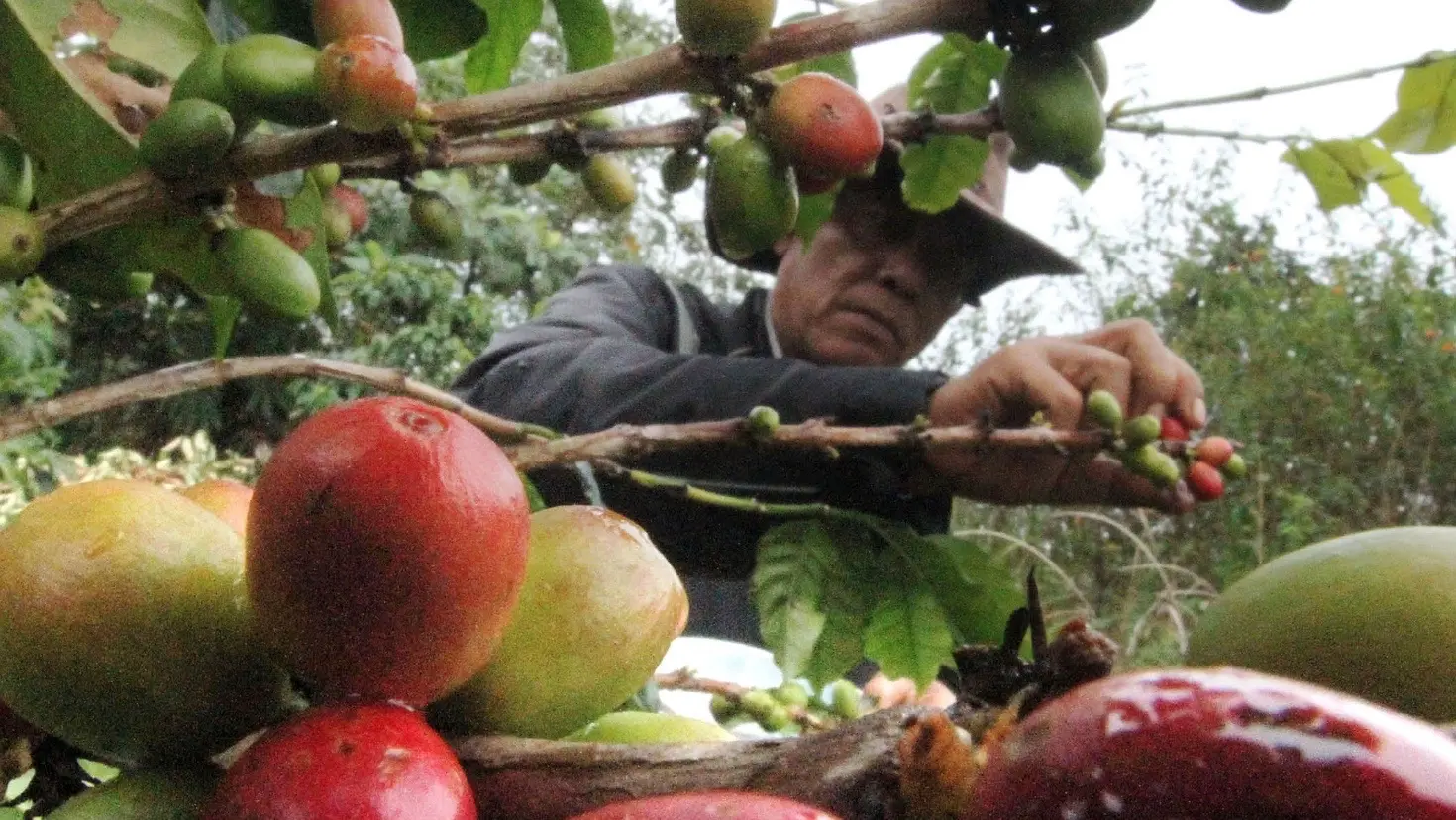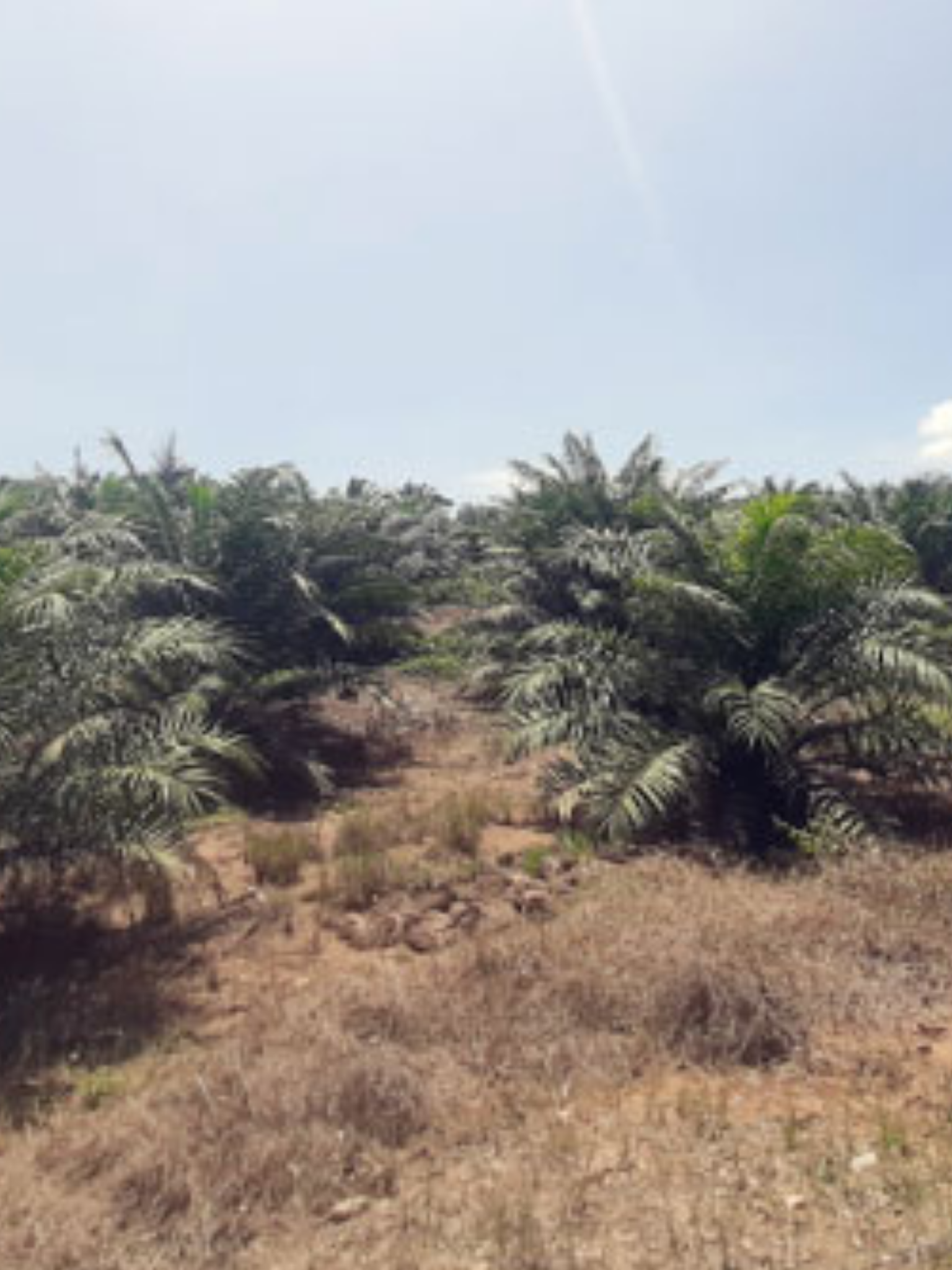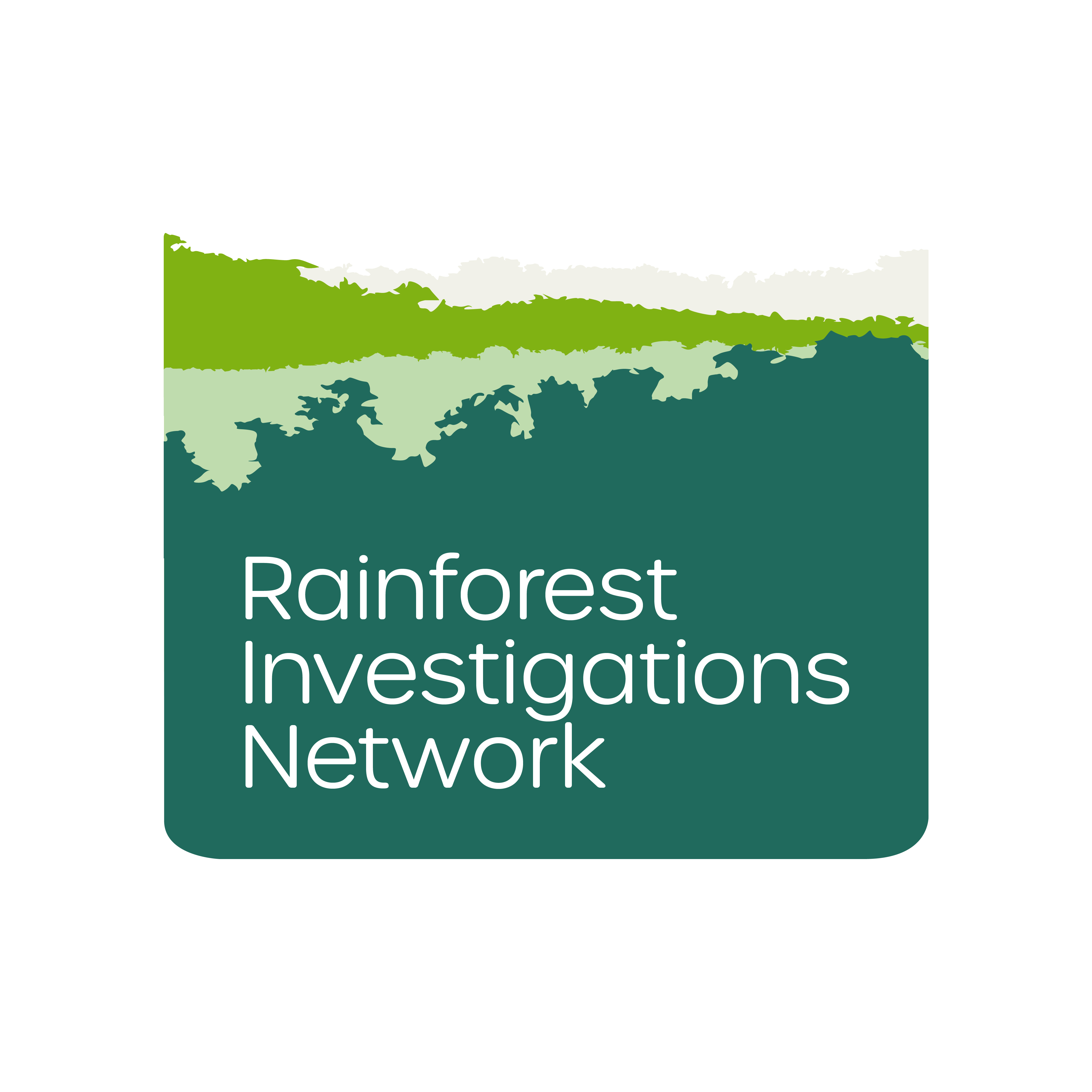
NGOs supporting the social forestry scheme are demanding illegal levies from farmers. This is obstructing the aims of the social forestry program.
It had been hoped that the social forestry program would be a solution to the problem of inequalities in the management of natural resources. During the New Order era, 64 million hectares of state forests were handed over to companies in the form of forest utilization licenses (HPH) or industrial timber estates (HTI).
Since 2007, the people have had a legal right to manage state forests through the social forestry program, which is restricted to community forests and people’s forests. The administration of President Joko Widodo increased the status of this by establishing a national priority program for poverty relief in 2016. The government set aside 12.7 million hectares of social forests in a regulation that was initially an environment and forestry ministry regulation, but which was then turned into two special articles in the Job Creation Law.
Social forests are areas of production forests or protected forests that have been damaged when they were used for HPH and HTI concessions, or even conservation forests in national parks. By using agroforestry, farmers can manage a maximum of two hectares per family for up to 35 years. Although this land cannot be used as collateral, because the farmers do not own it, the government provides social and cooperative funds as working capital for social forests.
Agroforestry is a way of exploiting land on the forest ground to grow agricultural commodities. This way, damaged forest cover can be restored, and people obtain economic benefits. Social conflict—either between people over land or between the people and the state because of forest clearing—resolves itself.
Preventing forest clearing through law enforcement is expensive. Therefore, the social forestry program is a solution to a number of problems: conflicts end, people living near forests have an opportunity to increase their living standards, and forests are restored. According to the Central Statistics Agency, of 74,754 villages, 31,961 are in or around forests. Of these, 25,863 are categorized as poor.
Unfortunately, this goodwill has been sullied by the actions of non-governmental organization (NGO) activists. Instead of supporting the forest farmers, they have taken advantage of their position of power by demanding illegal levies. Claiming that these are for the operational costs of processing social forest permits, these NGO staffers demand between Rp500,000 and Rp5 million from each farmer. This is despite the fact that social forestry permits are issued for free. An investigation by this magazine has found that the amount collected is believed to total around Rp300 billion in Java only.
In Sumatra, a different technique is used. HTI companies use the guise of social forests to expand the areas of their concessions and obtain additional supplies of timber. The social forestry farmers are disadvantaged when working with timber purchasers because the price is low. The off-taker scheme in these social forests is implemented in a way that favors the corporations over the farmers.
The presence of these NGO advisors and the cooperation with companies is part of the strategy to achieve the three aims of the social forestry program mentioned above. However, because of the limited number of forestry officials, the government has given NGOs the opportunity to become independent advisors who do not receive state funding. In order to support them, the government can recommend these social forest advisors access funds from donor bodies. However, crooked NGOs do not take advantage of this opportunity.
Because of these illegal levies and the practices to expand concession areas, the social forestry program has been severely hampered. As of September, it only covered 5 million hectares. Of 9,924 social forestry business groups that have obtained permits, only 0.5 percent are in the category of independent farms producing commodities for markets that are stable.
The government has only banned these illegal levies through a circular. The environment and forestry ministry has not set up a preventative mechanism by, for example, establishing a task force made up of institutions at the regency level to enable farmers to complain about these levies. The demanding of these illegal charges is a criminal offence that can be dealt with by the law.
Without an effective strategy to prevent and take action against these freeloaders, nothing will come of the social forestry initiative to protect the forests and reduce the poverty rate of people living in jungle villages. If the government wants social forests to become a new way to sustainably manage forests in a way that favors the grass root farmers, action against these freeloaders must be a priority.












